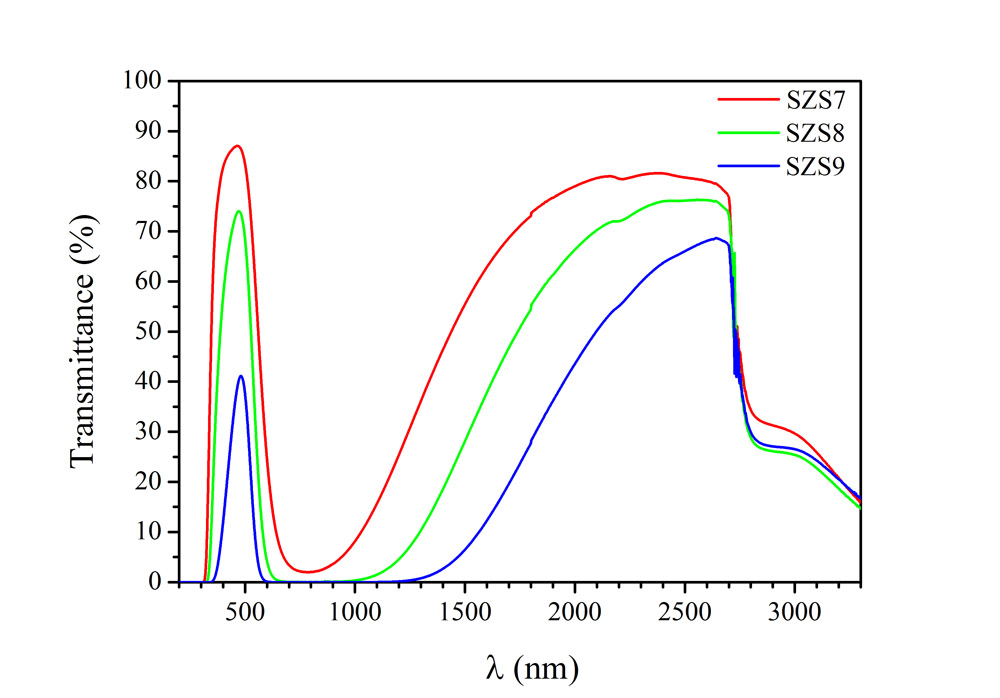Absorption spectroscopy is used to obtain the absorption spectra (transmission), diffuse scattering and measurement of the optical density of matter in different states of aggregation in the ultraviolet, visible and near-infrared regions of the spectrum. This method is used to the vast majority of information about the structure of the material at the atomic and molecular level, how atoms and molecules behave when combined in condensed matter. Feature of optical spectroscopy compared to other types of spectroscopy is most structurally organized matter (larger atoms) interacts resonantly with the electromagnetic field in an optical frequency range. Therefore, optical spectroscopy is widely used for studying matter.
Also absorption spectroscopy is used:
- qualitative and quantitative analysis of the substance on the changes in the position, intensity and shape of the absorption bands;
- measurement of the reflectance spectra of samples;
- determination of the optical characteristics of the glass with a high absorption coefficient, optical elements with antireflection coatings, narrow-band (DWDM) filters, fiber optical communication components of flat panel displays, solar cell elements and their coatings, paints, color printing, etc.
Being a fairly simple and straightforward technique, absorption spectroscopy can give important information about the spatial structure of nano-objects.

Transmission spectra of filters SZS7, SZS8 and SZS9
Overviews and methods
Under construction
Equipment
UV/Vis/NIR spectrophotometer Lambda 1050
Contacts
The Leading Researcher in optical systems Alexandr Shimko
Specialist in optical systems Alexandra Mikhaylova



